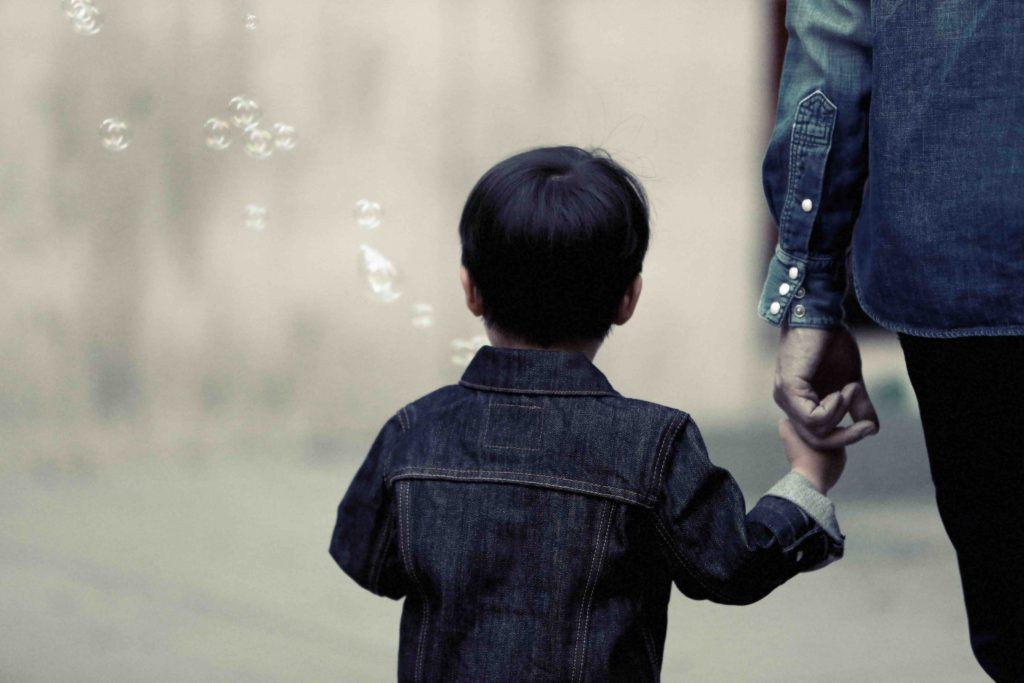We were rather shaken when we came across news of an attempted child abduction in Victorville, California. In a video that has been making its rounds on social media, a 24-year old man tried to grab a four-year old child from her mother in broad daylight. In short, every mother’s worst nightmare. Fortunately, the child managed to escape and returned to her mother unharmed.
This incident came barely a month after a similar episode in Florida, where a 13-year old was almost abducted in the middle of a store. Her mother bravely fought off the attacker, and the girl managed to get away unscathed, but all this just goes to show that kidnappings can happen anywhere and at anytime.
As such, we (and our children) should be prepared for such incidences. Here are six tips on how to prevent your child being abducted. After all, it’s better to be safe than sorry:
1. Make and practice safety plans for kids in case of emergency
Sit with your child and devise a plan that the both of you know by heart. It should include how, when, and where to get help. When the child is in a vulnerable, uncomfortable situation, they can get help by interrupting trustworthy adults such as staff working around them or other families with children, or shouting and screaming and drawing attention to themselves (e.g. ‘this is not my mother/father/uncle!’). Ensure that your child is unafraid to do so, and explain why drawing attention to themselves in this situation is crucial. Run through the plan under various scenarios till your child gets it right, and refresh it in their minds time and time again.
2. Teach your child about the sanctity of personal information
First things first, as parents you should never put your child’s personal information on their belongings. Children should be taught the importance of only revealing their personal information (name, address, emergency contact number etc.) in selected situations. Provide them reasons why they shouldn’t give their names or strike up a conversation with just about any stranger on the street so they understand the rationale behind the caution.
3. Self-defence
Many children are afraid to use physical force, as under normal circumstances it would get them in trouble. Which is entirely true. But should they really find themselves the victim of an attempted kidnapping, they should be taught that self-defence actions such as biting, kicking, punching and pinching can make the process more difficult for the kidnapper, thus buying crucial time for the child to try to get away and find help.
4. How and when to say “NO”
One of the most important lessons that every child should know is when and how to say ‘no’. They should be taught to say no to strangers at all times, even when bribed with items they want.
5. Keep your child close to you at all times
Always hold your child’s hand while out, and if need be, purchase a child locater alarm or tracker to attach to your child’s bag or clothes. We recommend the child locator from Lamkins, which comes with a 150 feet range and is water and shock proof. Should you lose sight of your child, a signal will be wirelessly transmitted to the locater, causing it to emit a chirp, thus alerting you to your child’s whereabouts.
6. Code words
Have a special code word that only you and your child know, and only give said code word to people you trust and have authorised to interact with your child. Your child should be taught to ask for the code word whenever someone who they do not know approaches them and attempts to strike up a conversation. If the stranger does not know the code word, the child should run away and kick up a huge fuss to get the attention of people around him.















